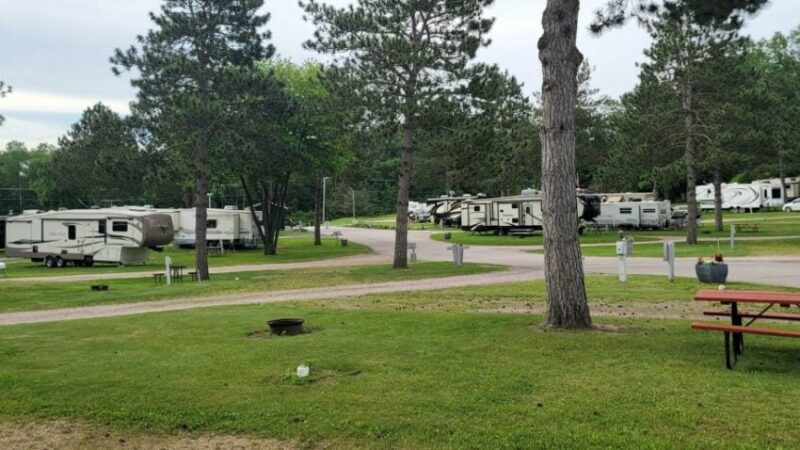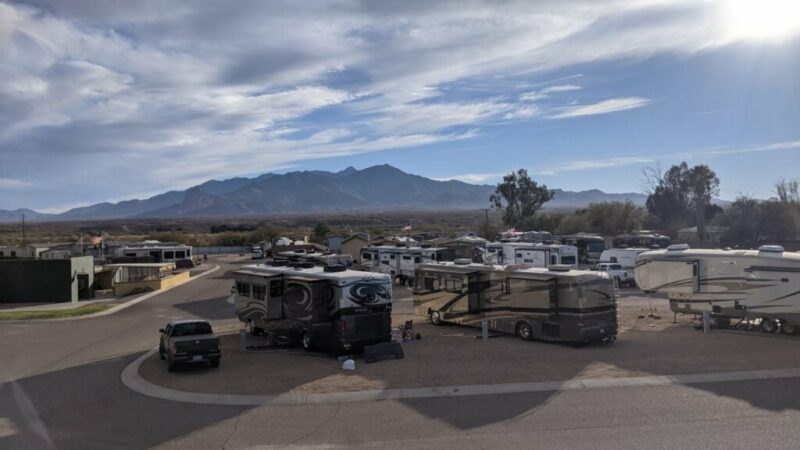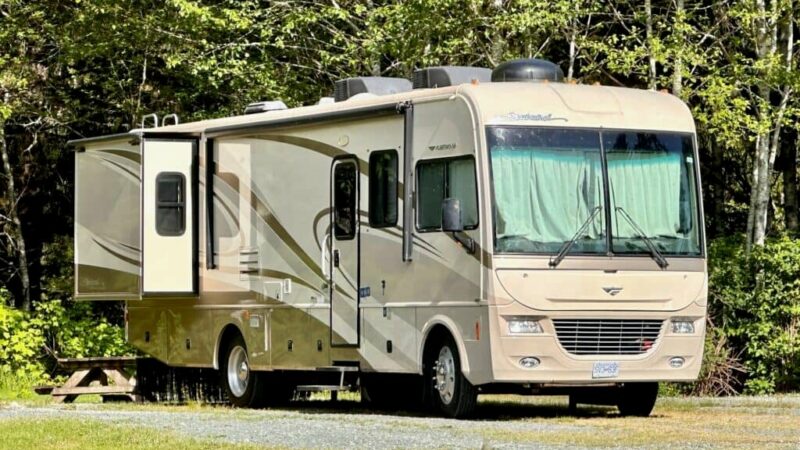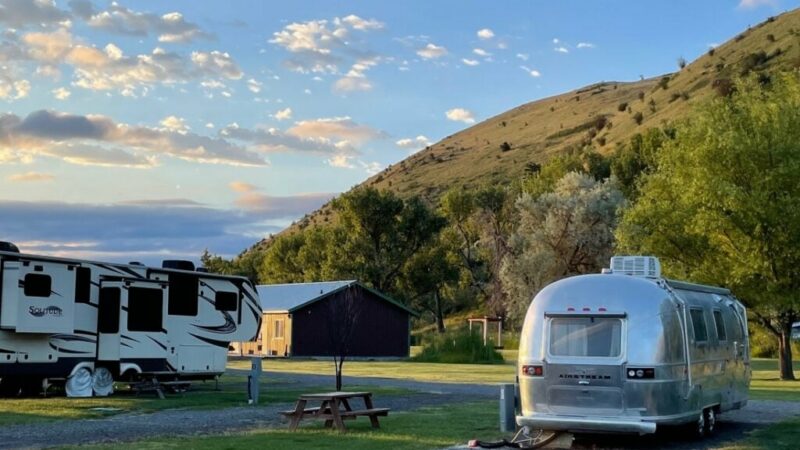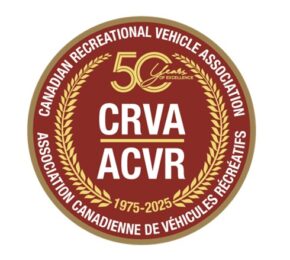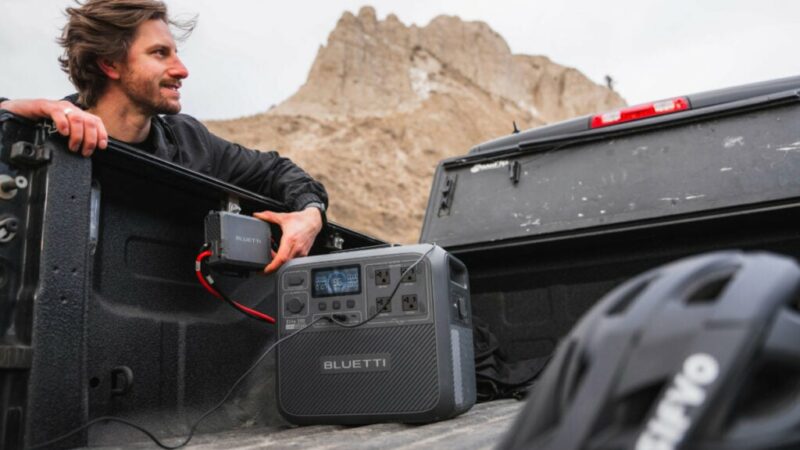RV Furnace Care

By Jamie Russell, The RV Fixer
On a cool campground morning, nothing makes an RV cozier than the quiet warmth provided by your furnace.
There are four things a furnace needs to operate properly. They are:
- Venting: the furnace must be able to discharge the bad air (carbon dioxide) and take in the fresh air for combustion.
- Ducting: the furnace needs to deliver the heat to the coach efficiently.
- Power: A/C or D/C electricity. A good source of A/C 120-volt power – converter D/C power or battery at 12.6 VDC.
- Propane – Fuel: A steady supply of propane in the pressure range of 12 inches water column and no less than 10 inches of water column. Water column is measured with a monometer.
Venting for the furnace is provided through the side vent located on the outside wall of the coach. It is located there so the input blower wheel can bring in the fresh air for combustion. This vent opening cannot be blocked for any reason as it is sized for the appropriate amount of air needed for combustion. Blocking your furnace vent could cause ignition problems. Also, the vent discharges combustion air. This tube cannot be blocked. If the furnace can’t get rid of the bad air, it can cause the furnace to overheat and limit shutdown. Keeping the vent clear of obstruction is important for proper furnace operation.
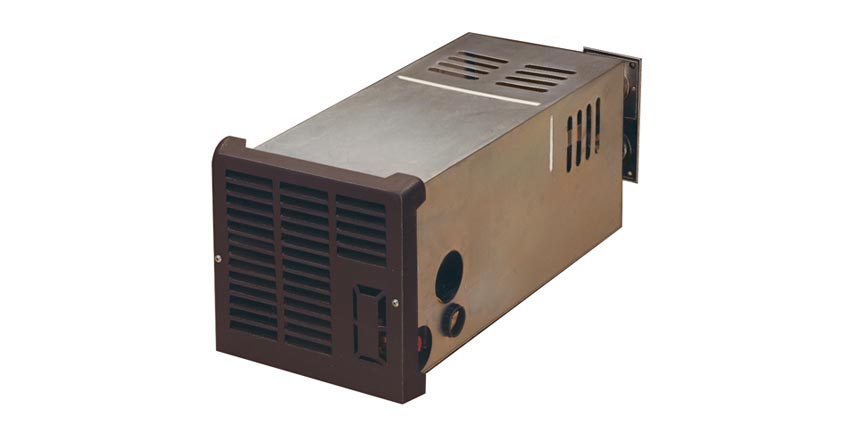
Ducting is the means by which the heat is delivered into the coach. It could be through floor vents, interior side wall vents, or a direct vent into the coach. For the ducts to be the most efficient, the arrangement of the ducts should have the least amount of deflection possible. In other words, the least amount of bends and the most direct path for the ducting. Materials should be as tight as possible, with taped joints, and no excessive coils left laying under the cabinets, etc. If your RV has floor ducts look for taped joints and no crushed ducting. This will give you the maximum amount of heat. Don’t block vents as they need to disperse the heat. If they can’t provide an unobstructed flow of warm air, heat and air pressure will build up and then cause the furnace to “limit out” because it can’t get rid of the heat.
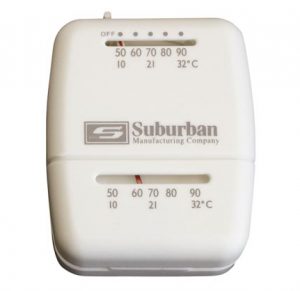
Power for RV furnaces comes from 120 VAC or 12V DC from your converter, as well as the RV coach batteries. The power for the furnace is important because if we don’t have the proper supply of voltage, they will not work properly. If voltages are too low, the blower wheel will not spin fast enough. If that happens is it cannot trip the sail switch that sends power to the circuit board. No power to the board means no gas valve function and no ignition. If you have a situation with only borderline power, you may get sporadic operation. On the D/C side, if the voltage is around or below 10 volts of D/C, that would cause problems. On the A/C side, around 98 VAC could cause problems for furnace operation.
Propane is the source of fuel used in RVs to create heat. Propane is measured in terms of “inches of water column”. The perfect reading is 11.5 inches WC. It can be as high as 12 inches of WC. The low range would be 10 inches of WC. A furnace will operate within these parameters. If propane pressure is too low, there is not enough “push” or pressure to go across the manifold to create a burn. Think of it like a garden sprinkler. When water is turned on full you get maximum performance. When there is a kink in the hose or pressure is too low, it will not do the job you want it to.
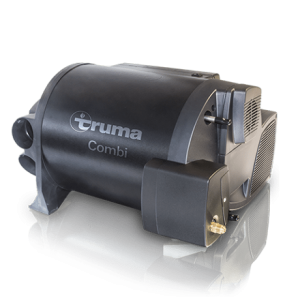
The newest technology in RV heating systems comes from the engineers at Truma – where European ingenuity combines with the North American RV lifestyle to create unique new approaches to camping comfort and convenience.
The Truma Combi eco plus combines all the benefits of Combi eco with those of an electric heater. The Combi eco has integrated heating elements, and runs in gas mode for self-sufficient use, in electrical mode at the camp site, and in mixed mode when outside temperatures are low. Combi eco plus uses very little electricity. In summer, Combi eco plus heats just the water without running the furnace.
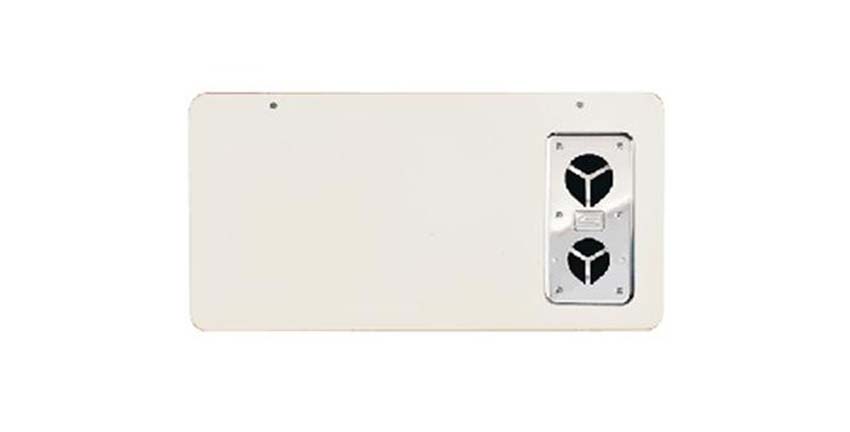
Here is a safe way to do your own propane pressure test:
Turn one burner on the stove. The flame should have a blue tip just above the burner grate. Leave the burner on and go to the thermostat. Turn it to Furnace. Go back to the stove and watch the flame. When the furnace comes on, the flame will go down, but it should stay relatively the same height to the burner. The furnace should ignite. If the flame goes below the grate and turns yellow in colour, you have a gas pressure problem. Most likely this will be in the two-stage regulator or you may have low gas in the tank. If this happens and the furnace does not ignite, DO NOT ATTEMPT YOUR OWN REPAIRS – you should call an RV Service Centre to have the problem repaired.
Here are some suggestions to help you keep your furnace working and not get you into trouble.
- From the outside, where the vent is located, use compressed air to blow dust and debris out of your burn chamber. You can use either of the two openings to do this. Don’t stand in front of the vent when doing it as the soot will blow on you.
- Check your propane regulator. You are looking for anything that can block the vent of the regulator, i.e. debris, mud bees, etc.
- You can also check the duct work. If your RV furnace is wall ducted, look behind cabinets for kinks, tears or excessive bends or coils in the ducting.
- If your heating system is floor ducted, you can only remove the floor grate and do a visual check. If by chance you have a camera, you can check the ducting that way.
- Keep the area around the furnace clean so it can dissipate the heat.
I hope this helps you maintain your furnace in a safe and efficient operational condition.
Jamie


